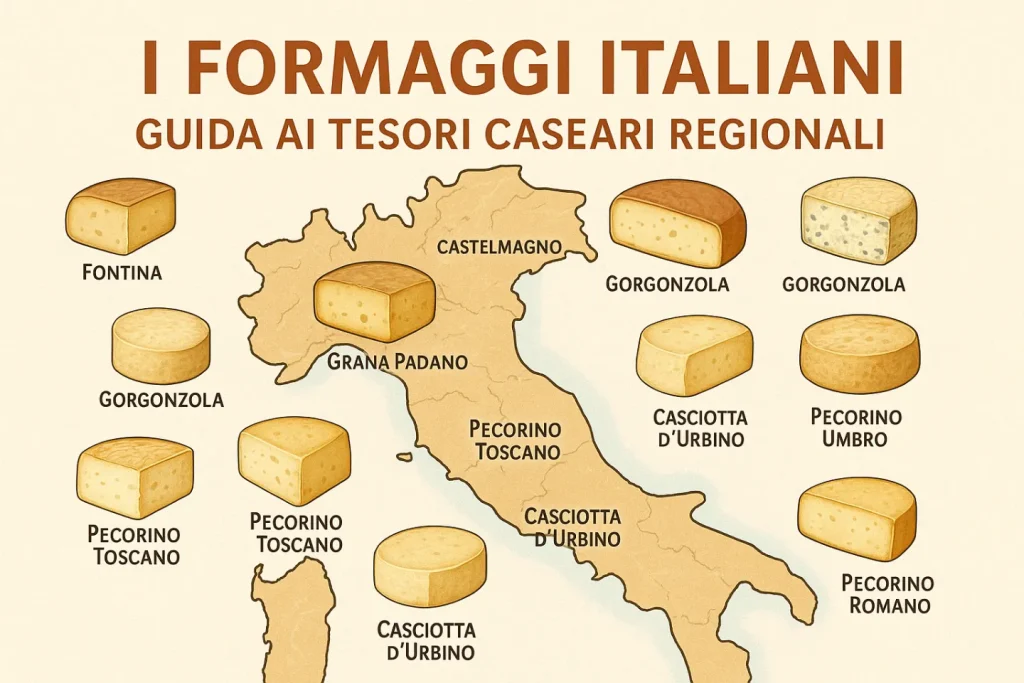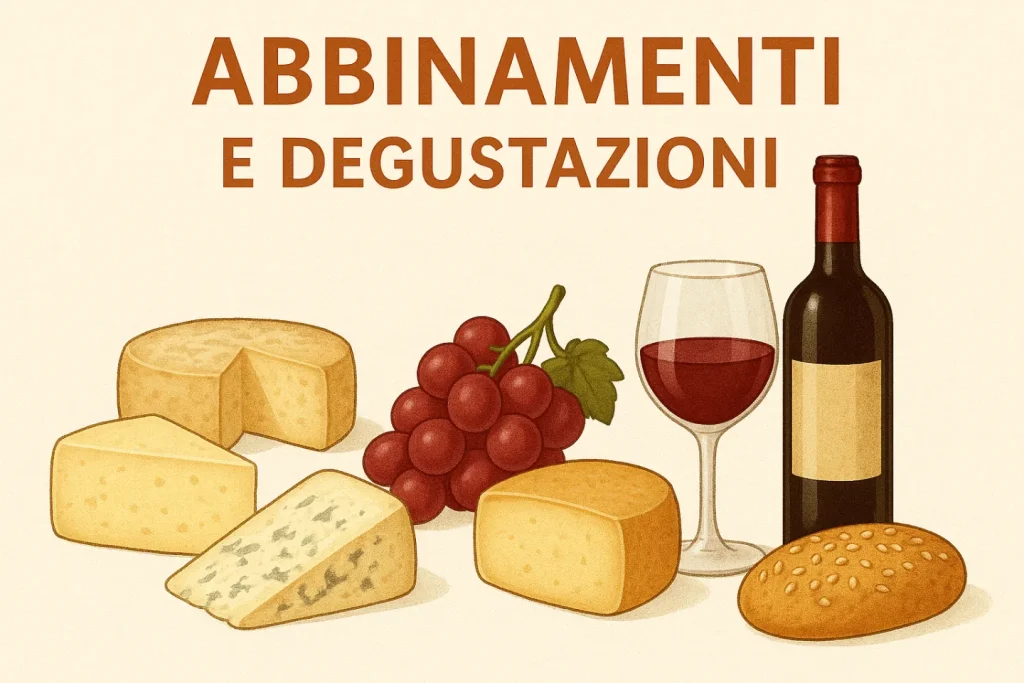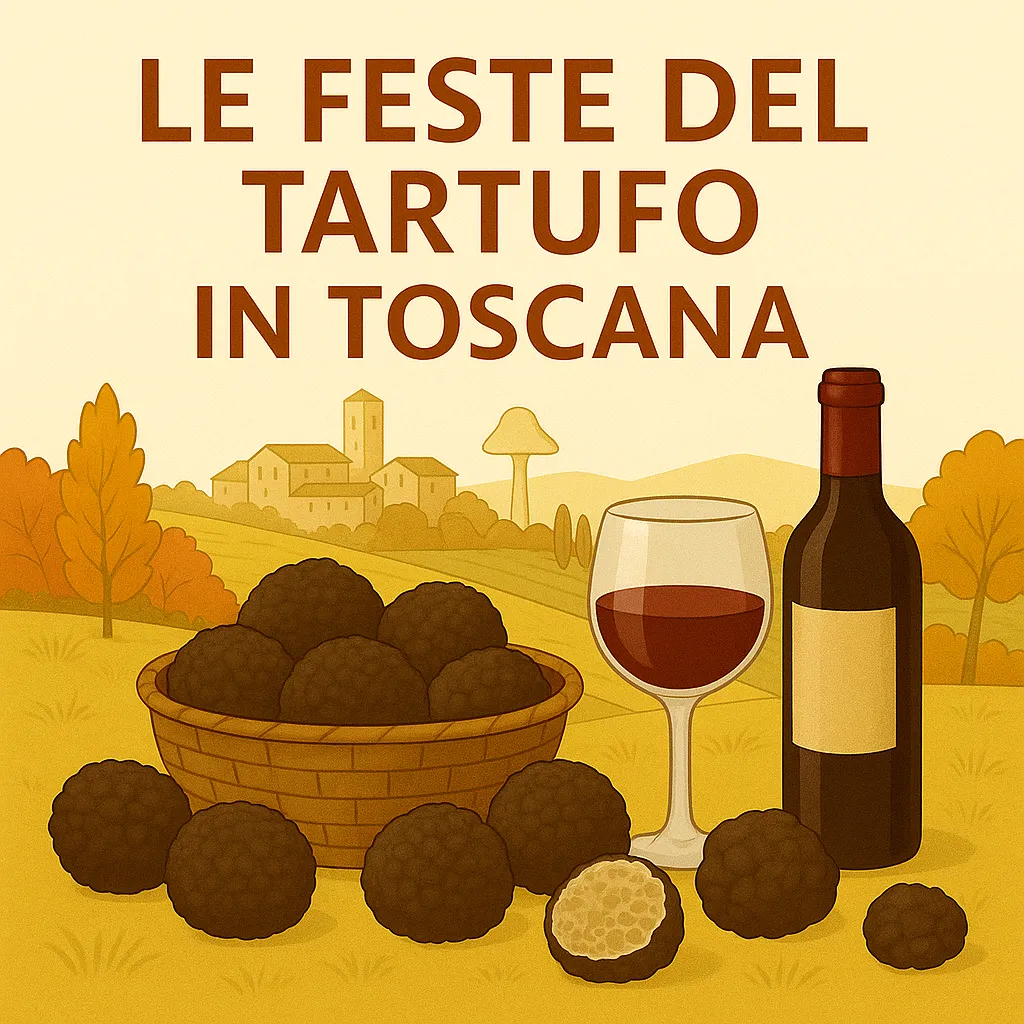‘Italy boasts an unparalleled gastronomic heritage and, among its excellences, cheeses occupy a place of honor. With more than 487 recognized varieties, including more than 300 protected by DOP, IGP and PAT designations, Italian cheeses represent a cultural and culinary richness rooted in the history and biodiversity of the territory. In this journey through the regions of Italy, we will explore the most celebrated and beloved local cheeses, discovering their origins, characteristics and processing secrets.
The Origins of Cheese in Italy
The history of cheese goes back thousands of years: traces of its production exist as early as the Neolithic period. In Italy, the transformation of milk into cheese found its greatest expression in medieval monasteries, where monks perfected production and aging techniques. As early as the 12th century, cheeses such as Parmigiano Reggiano or Tuscan Marzolino were produced and became part of the local tradition and economy.
How Italian Cheeses are Classified.
Italian cheeses are distinguished according to several criteria:
- Type of milk: cow, sheep, goat or mixed.
- Consistency: soft, semi-hard or hard.
- Production technique: pasta filata, raw, cooked, semi-cooked.
- Seasoning: fresh, medium, long.
-
Certifications:
- PDO: Protected Designation of Origin
- PGI: Protected Geographical Indication
- PAT: Traditional Food Product
North Italy
Aosta Valley
- Fontina DOP: Made from whole cow’s milk, it is a semi-cooked cheese with a sweet and fragrant flavor that intensifies with aging. Fundamental in the preparation of the famous Aosta Valley fondue.
Piedmont
- Castelmagno DOP: rare and prized, made from cow’s milk with possible addition of sheep or goat. It has bluish veins and is known for its strong taste.
- Toma Piemontese DOP: soft and sweet, can be eaten either fresh or aged.
Lombardy
- Gorgonzola DOP: one of the most famous blue cheese in the world. It exists in two variants: mild and spicy. Also used in risottos and sauces.
- Grana Padano DOP: similar to Parmigiano but with distinct characteristics. More delicate, it is often used grated.
Trentino-Alto Adige
- Puzzone di Moena PDO: curiously named, it is known for its penetrating smell and complex flavor.
- Spressa delle Giudicarie DOP: a lean product, typical of peasant food.
Veneto
- Asiago DOP: In pressed (fresh) or d’allevo (aged) versions, it is soft and aromatic.
- Monte Veronese DOP: It is delicate and fragrant, excellent for both table and cooking.
Friuli-Venezia Giulia
- Montasio DOP: Originates in the plateau of the same name in Friuli. Sweet taste when young, more intense with aging.

Central Italy
Emilia-Romagna
- Parmigiano Reggiano DOP: the “King of Cheeses,” aged up to 36 months, is grainy and flavorful. Symbol of Italian tradition.
Tuscany
- Pecorino Toscano DOP: made from sheep’s milk, it has flavors ranging from sweet to sharp. Also excellent in combination with honey and jams.
Brands
- Casciotta d’Urbino DOP: a mixed cow and sheep’s milk cheese with a tender texture and delicate taste.
Umbria
- Pecorino Umbro: less well known, but appreciated for its seasoning that intensifies its aroma.
Latium
- Pecorino Romano DOP: hard, salty cheese, ideal for seasoning pasta and rustic dishes. Historically intended for the Roman legions.

Southern Italy
Campania
- Mozzarella di Bufala Campana DOP: fresh, juicy, world-famous. Used in salads and pizzas.
- Provolone del Monaco PDO: aged, with intense, spicy flavors.
Apulia
- Canestrato Pugliese DOP: hard, tangy cheese, often grated.
- Burrata: a fresh delicacy with a creamy heart. Perfect with cherry tomatoes and basil.
Basilicata
- Pecorino di Filiano DOP: typical of the hinterland, aged in natural caves.
Calabria
- Caciocavallo Silano PDO: stringy, sack-shaped, it is savory and versatile. Excellent grilled.
- Pecorino Crotonese DOP: sheep’s milk, intense flavor.
Sicily
- Ragusano DOP: pasta filata, parallelepiped shape. Handmade and aged in caves.
- Pecorino Siciliano DOP: one of the oldest cheeses on the island, very savory.
Sardinia
- Pecorino Sardo DOP: sweet or ripe, it is a symbol of Sardinian sheep farming.
- Fiore Sardo PDO: a smoked product with strong flavor and long aging.
Pairings and Tastings
The art of tasting Italian cheeses involves attention to temperature, cutting and pairing.
- Wines: whites for fresh cheeses, reds for aged cheeses, raisins for blues.
- Honey and jams: classic pairings for pecorino and blue cheeses.
- Bread and dried fruits: enhance flavors and textures.
Conclusion
Italian cheeses tell stories of territories, traditions and passion. Each region guards recipes and knowledge passed down through the centuries, now enhanced by certifications and attention to quality. Discovering Italian cheeses is a sensory journey across the peninsula, in search of authentic and memorable flavors.
Whether it is a freshly made burrata or a 30-month aged Parmigiano Reggiano, each taste is a small masterpiece of our gastronomic heritage.
Enjoy the tasting!



